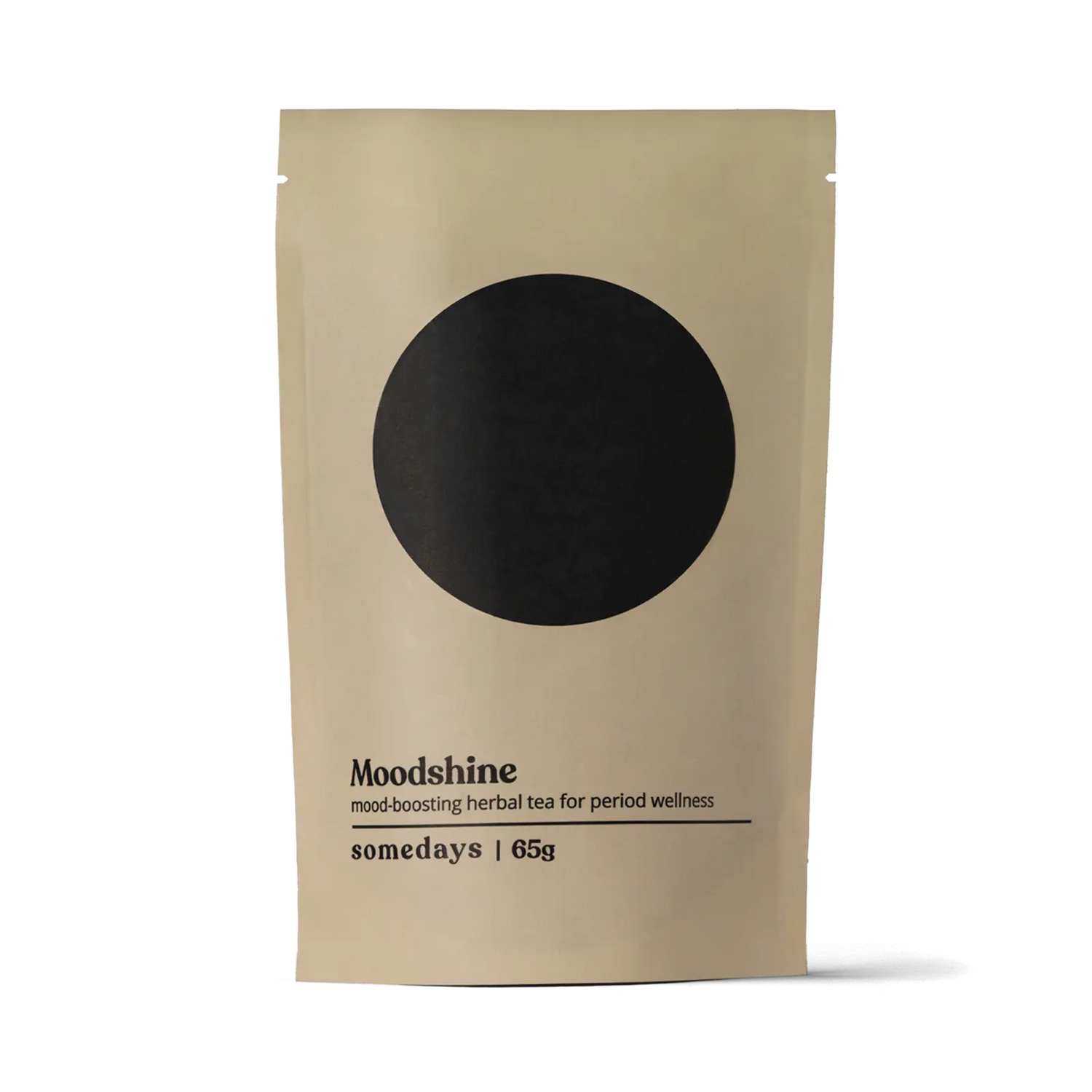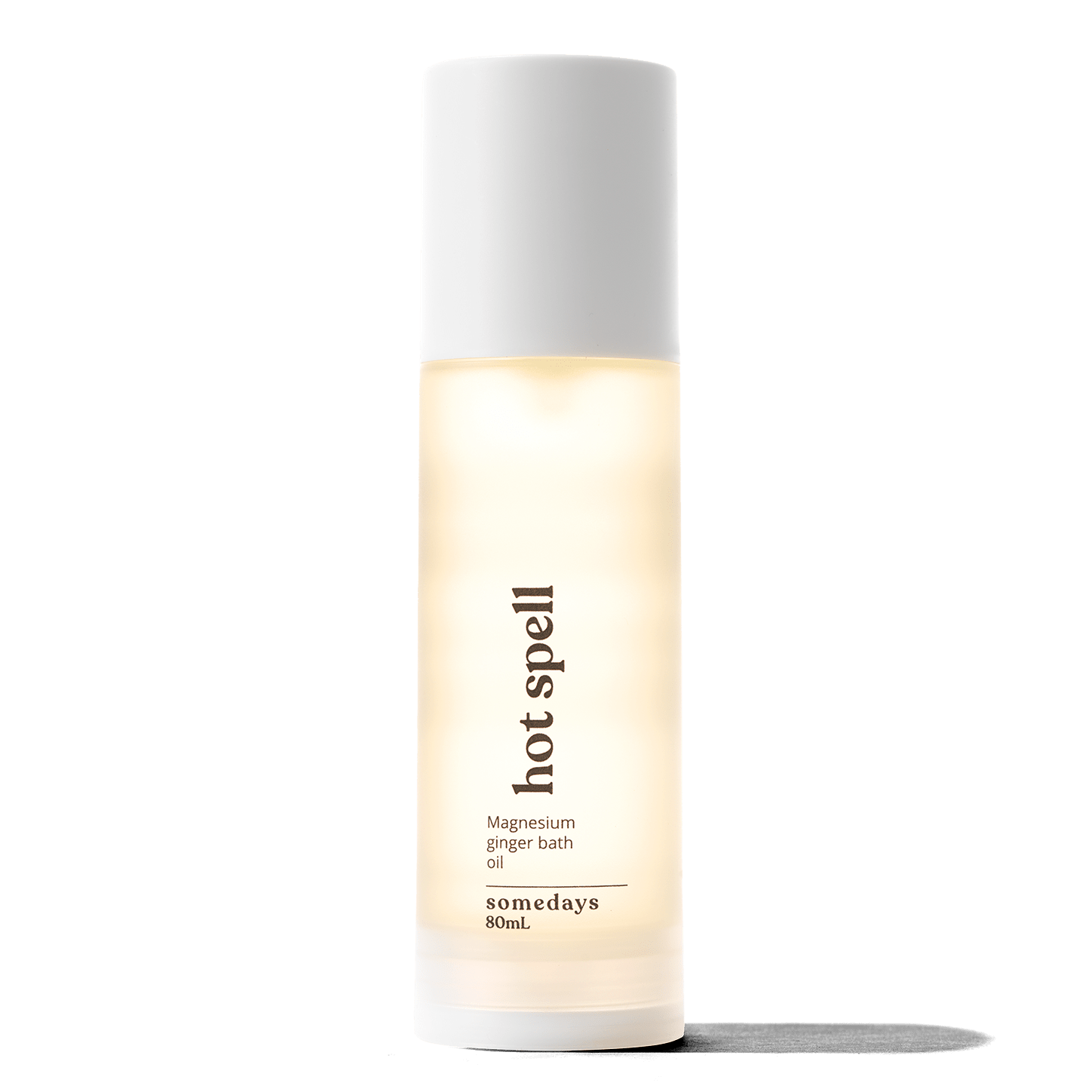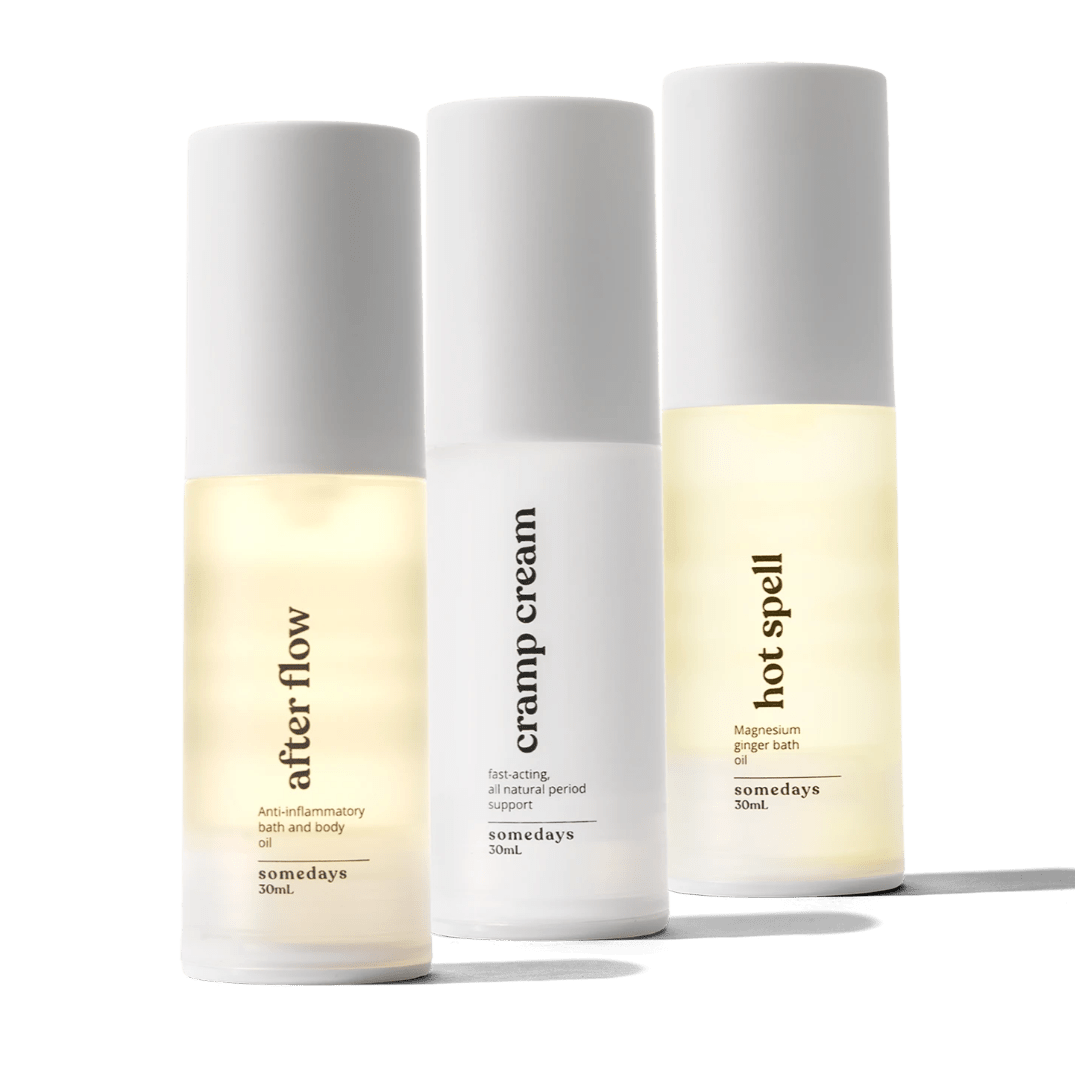The Different Treatments I Tried to Treat My Vaginismus

When I was first diagnosed with Vaginismus after a strenuous journey, I could feel the relief slowly evade my senses, though this sense of relief was short-lived. I originally thought the diagnosis would be the key to “normality”, to recovery, to achieving the goals for my body that I had been so desperately chasing after—that was until I understood the complexity of choosing and engaging in treatment.
Vaginismus is complex because it is defined as both a physical and psychological condition that requires treatment of both aspects.
The issue that I found with this categorization was the tendency of the medical professionals I saw as solely trying to treat the psychological side; I saw a hyper-focus on my anxiety with sex, which I felt stemmed from my muscle spasms, not the other way around.
This separation is why I feel so aligned with the philosophy we emphasize at somedays—bio, psycho, social—because treating pain as solely psychological, biological, or socially tends to leave out the interrelatedness of pain and the treatment of it.
When I was originally diagnosed with Vaginismus, I was given a pamphlet of a single sheet of paper that outlined the condition as well as treatment options—which were scarce, to say the least. I was placed on the long waitlist for sex therapy, though I was hesitant of simply treating my Vaginismus this way as it primarily emphasizes the psychological aspects of Vaginismus while dismissing the very physical (and very real) symptoms.
Research on Vaginismus emphasizes the fact that this condition is both a physical and psychological condition and that both components must be targeted in treatment. This resulted in me searching for treatments that did not conflate these two aspects into simply a psychological issue, as I have been on the receiving end of this numerous times.
Dilator Therapy
The other treatment option provided on the pamphlet is dilators therapy, which is arguably the most common treatment for Vaginismus. When Vaginismus was beginning to be examined in the medical community, the medical research team comprised of William H. Masters and Virginia E. Johnson contended that Vaginismus could be treated via behaviour-oriented sex therapy via the use of vaginal dilation in the 1970s.
Though this treatment was inherently problematic due to the emphasis on heterosexual forms of intimacy being the marker for Vaginismus being “cured,” the use of dilators became the primary methods of treatment after 1970 when it was deemed successful. This treatment occurs via a process of desensitization where a set of dilators can be bought, and the individual inserts the smallest dilator first for around ten minutes per day and moves up to the next size when it is pain-free and easy to insert.
It was around this point that the very little optimism leftover in my body from receiving my diagnosis subsided. I have primary Vaginismus, meaning that I had never been able to achieve or tolerate any form of penetration. The other form of Vaginismus, secondary, refers to an individual who has developed intense pain during any form of penetration though this once was not the case; this form is arguably much better suited for this popular treatment option.
At this point, I became pessimistic—if I cannot even handle a Q-Tip, let alone the smallest dilator, how would I be able to combat the physical symptoms of pain that haunted me?
Botox Therapy
It was then that I decided to research alternate treatments that were not included on the single sheet of paper I received; I came across botulinum toxin (Botox) for the treatment of Vaginismus.The injection of Botox was first deemed successful in the treatment of secondary Vaginismus in 1997 and other more recent research has deemed that these injections can lead to painless penetration.
Upon serious consideration of what the Botox treatment entails, which included having to travel to the United States as well as upkeeping a serious regimen post-op, I decided to go ahead with the treatment. Due to my Vaginismus being severe and primary, the hospital decided that I would need to be put under general anesthesia to tolerate the procedure, though many cases do not require getting put fully under. The treatment was incredibly short, and I had discomfort post-op but no significant pain.
After two weeks they suggest that the patient should begin dilator therapy, which I did, and all the research, the restless nights worrying about my future, the days I spent crying that I was somehow less than due to my dysfunctional genitalia were so worth it when I inserted the smallest dilator with no pain. This is the central reason as to why I always say that Botox was one of the catalysts for me eliminating the majority of my symptoms. Although dilator therapy was arguably the facilitator in achieving pain-free penetration, I was not able to engage in dilating without the Botox.
Dilator Therapy ... Again
One of the most difficult obstacles for me in treating my Vaginismus post-Botox specifically was how I could not separate dilation from a chore. I would build up the fact that I needed to dilate during the day so that when it came time to do it, my mindset was very much negative and I just wanted to get it over with.
It's as if I was medicalizing my dilation and seeing it as solely clinical as opposed to what it can be-pleasurable. At this time in my healing journey I had limited experience in sexual intimacy so I was uncomfortable and my stress was high. Viewing my dilation routine this way created further issues in my sexual life as when I tried to be sexually intimate with my partner. I started to also associate sex with dilation and therefore clinical and stressful.
When I expressed these concerns to my surgeon, she prescribed me Valium suppositories that were to be inserted before dilation or any attempts at penetration with a partner. As someone who additionally suffers from a plethora of mental health issues, I found that this was incredibly helpful in de-medicalizing the experience of dilating and re-framing it as an experience of self-care and intimacy.
Today, the number one piece of advice I will always give to my peers suffering from Vaginismus is incorporating vibrators into your dilation routine. Using dilators that vibrated was the most central aspect to moving from treatments to experiences and ultimately enjoying PIV (penis in vagina penetration).
Pelvic Floor Physical Therapy
In tandem to dilator therapy, I engaged in an additional treatment of pelvic floor physical therapy.
It took me a few sessions to become comfortable with someone so close to my vagina due to past trauma in medical environments, but once I built trust and rapport with my amazing physiotherapist, I found that this treatment sped up the time my dilation therapy took as I was targeting the physical aspects of Vaginismus while also working on the mental. In pelvic floor therapy I was able to learn which specific muscles were spasming and which were relaxing with the Botox injections and physio treatments.
My Life Post Treatment
My dilation routine heavily changed when I reached my self-imposed goal of achieving PIV. As I am what many medical professionals would consider “cured” (though I hate this word as it implies that those with sexual dysfunctions have something wrong with them), I no longer had to dilate daily.
Instead, I continued dilating before intimacy and if I took a break of a week or longer; this helped me stay on track and not regress in-between experiences, as I noticed that if I had no form of penetration for a while, the next time would be more painful. I only stopped dilating completely when I noticed that I would not have muscle regression and pain if I stopped penetration.
As Vaginismus is significantly misunderstood both in the medical field and the public generally, navigating treatment options can be highly complex. As I previously said, the options provided to me upon diagnosis were scarce, and the only treatment that was offered in my initial diagnosis appointment to me was dilator therapy which would never have worked for me on its own.
Treating my Vaginismus taught me that lived experience with a chronic pain-related condition/sexual dysfunction can lead you to create a treatment plan that is best for you, especially when the medical professionals that you are seeing fall short in understanding and treatment options.
Had I not trusted my body and my own research, I am not sure that I would have come as far as I have today; I am grateful that despite abhorrent medical experiences in my journey treating my Vaginismus, something within me told me to listen to my intuition rather than what doctors were telling me.
Previous Article All Articles Next Article
All Articles


